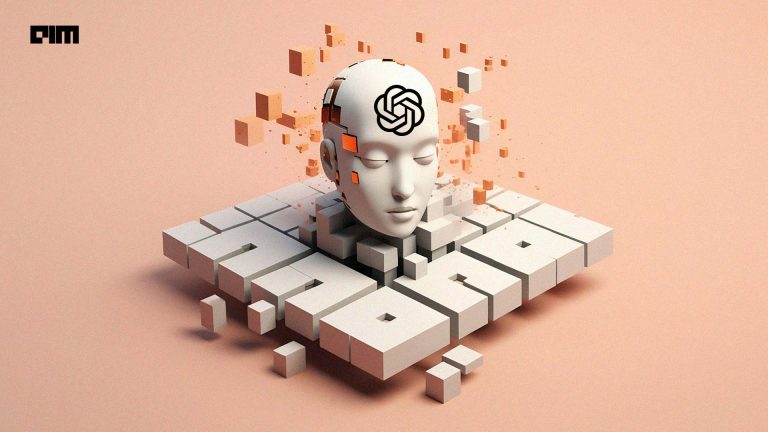|
Listen to this story
|
Amazon Bedrock, now an integral part of Amazon Web Services (AWS), has established itself as a significant player in the generative AI landscape. The recent AWS re:Invent conference unveiled a series of groundbreaking advancements, further solidifying Bedrock’s position.
These updates not only enhance Bedrock’s versatility but also mark its edge over competitors like Hugging Face Transformers, OpenAI, and Google AI. The comparison primarily revolves around foundation models, deployment options, and the balance of security, privacy, and user accessibility.
More choices for users
The recent updates to Amazon Bedrock have introduced several key features that collectively enhance the platform’s capabilities, making it more secure, and providing a range of models for developers to choose from in the generative AI space. These updates have significantly lowered the barrier to entry for AI application development and offer tailored solutions to complex problems.
Guardrails for Amazon Bedrock allow developers to implement custom safeguards that align with their specific use cases and responsible AI policies. This means that developers can now tailor their AI applications to adhere to industry-specific regulations, cultural sensitivities, or organisational policies, thereby broadening the scope of AI’s applicability and ethical alignment.
“Now you can have a consistent level of protection across all of your GenAI development activities. For example, a bank could configure an online assistant to refrain from providing investment advice or to prevent inappropriate content,” Adam Selipsky said at the re:Invent conference.
Another significant update is the development of agents for Amazon Bedrock. These agents are engineered to streamline the development of generative AI applications by orchestrating multi-step tasks. They use the reasoning capabilities of foundation models to dissect complex user requests into manageable steps and then execute these steps efficiently.
This cuts the middle layer of wrappers and functions as a one stop solution to training and deploying models. “Bedrock is shaping up to be AWS’ proprietary alternative to open source tools like Langchain and LlamaIndex,” Sam Charrington, a tech podcaster posted on X.
Enhanced control for agents is yet another important enhancement in Bedrock. This enhancement allows developers to fine-tune their applications, ensuring that the end product is not only efficient but also aligned with the specific needs of their project or organisation.
Private customisation of foundation models is a critical feature that allows developers to privately and securely customise foundation models with their proprietary data within Bedrock. By enabling the creation of highly tailored applications, this feature offers a competitive edge, particularly for developing AI solutions specific to a company’s domain and requirements.
Randall Hunt, VP of cloud strategy posted on X, “Think of this as your very own private ChatGPT hosted in YOUR AWS account. APIs and common integrations included.” They’re offering a high level of personalisation for their already large customer base. Daniel Newman posted on X saying he liked AWS’s open model approach. “A broad LLM and FM strategy makes a lot of sense for most of the AWS customer ecosystem.”
Bedrock vs the Rest
One of the most notable aspects of Bedrock is its extensive range of foundation models sourced from leading AI companies. This diversity in Bedrock is particularly advantageous for developers looking for flexibility and the ability to tailor their applications to a wide range of use cases.
In terms of deployment, Bedrock operates as a fully-managed service, which marks a significant departure from the varied deployment options provided by its competitors. It streamlines the development process for users by eliminating the complexities associated with infrastructure management.
It presents a more user-friendly approach, especially for those who may not have extensive resources to manage and maintain their AI infrastructure.
This ease of deployment is a key factor in Bedrock’s appeal, as it allows developers to focus more on innovation and less on the operational aspects of their projects. “Bedrock has 10,000 customers worldwide, foundation models are key in generative AI,” Selipsky said at the conference.



















































































